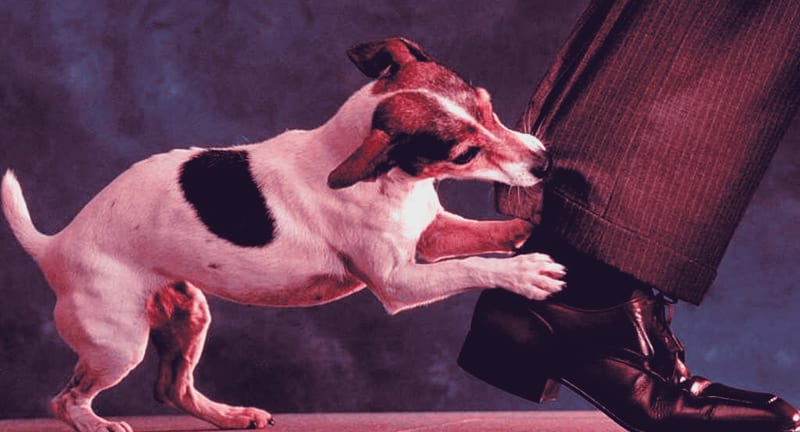
Humans and dogs are two very different species that have known each other for millennia, which has created a popular culture full of myths around the figure of our Pets, which often leads us to make tremendous interpretations wrong about certain behaviors or behaviors of the animal.
Today I am going to dedicate this article to how to properly manage that our dog begins to bite us.
Foreword
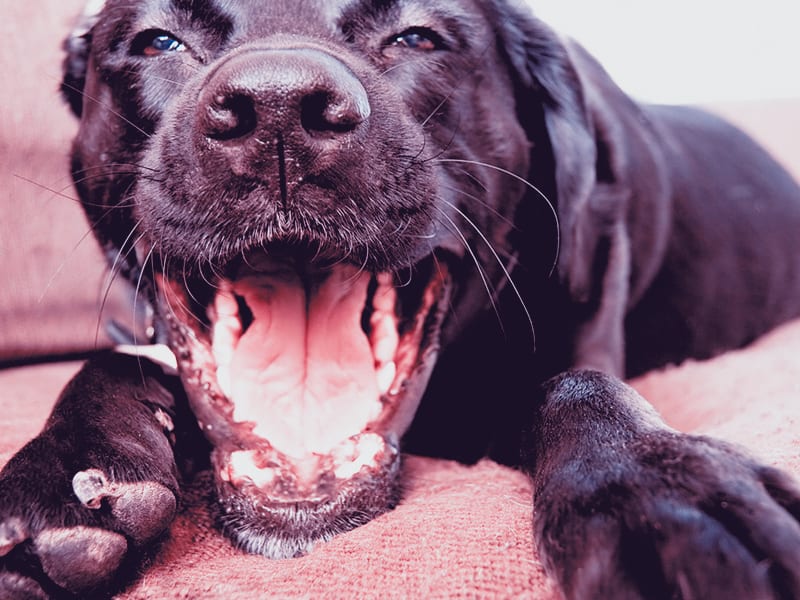
As we can all imagine, the first weeks of the dog's life are very important in the rest of his life. I already talked about it in previous posts, how they were Educating on an emotional level: stress in puppies I y Educating on an emotional level: stress in puppies II, However, today I am going to give depth to the subject, changing the focus a bit and giving it a more precise and useful tone, since I am going to do it by explaining a behavior so common in a dog, such as biting, and the implications emotional issues you have for the puppy.
How my dog communicates
Social animals
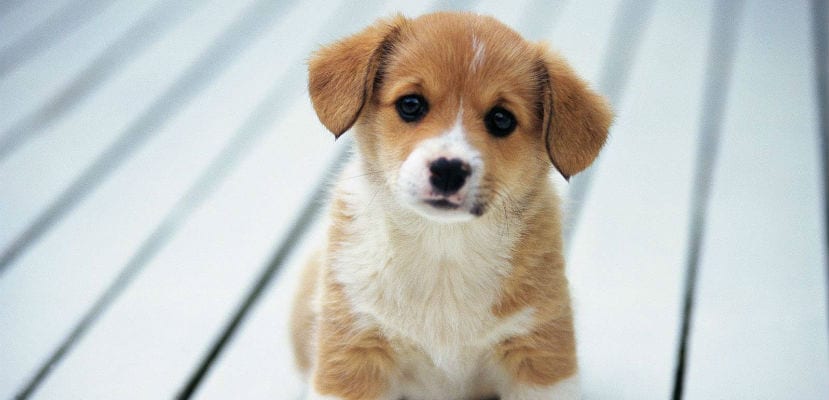
Dogs, like humans, they are social animals, and interact with other individuals of their species with the 5 skills that make up the emotional intelligence of our pet. This emotional intelligence is fostered since they are puppies by their mother, who gives them an emotional education that serves as a guide so that the puppy obtains the necessary tools to be able to interact with the rest of the individuals in the herd.
Their mother stimulates them from their earliest stages of development, starting with their prenatal stage, where it has been shown that the development of the fetus is influenced by a series of stimuli ranging from visceral movements to maternal hormonal levels, which will be linked to the state of mind and stress levels suffered by the mother during pregnancy, to her neonatal stage, where the mother stimulates urination and defecation through perianal lavage, or the socialization, which happens to be the most delicate stage in the education of your dog, since it is where the interaction with the other puppies in the litter develops most strongly and intensifies the game, beginning to test all kinds of responses to different interactions at a social level, thus beginning to develop social skills.
These social skills are usually established around 4-6 weeks after birth.
Stages of personality development
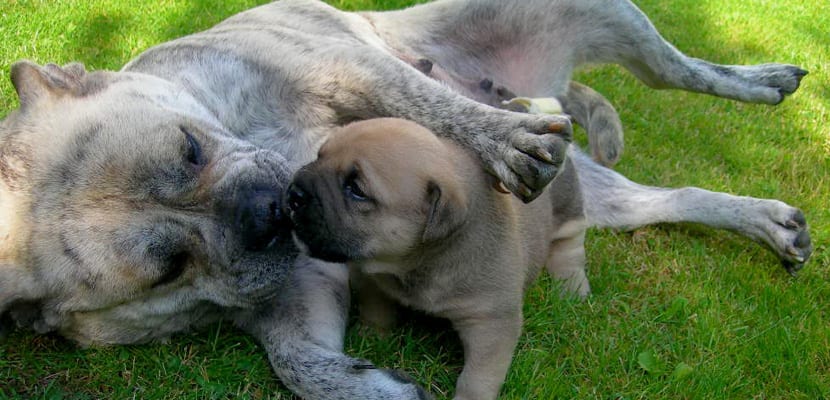
In the call socialization stage, begins their social learning in all aspects, from the field of agonistic behavior (it is as it is known in ethology to social behavior related to fighting in animals), to their behavior patterns, aggressive behaviors, confrontation, those of submission, those of flight, in short, social dominance. There are also others such as self-esteem, the association and formation of groups within the herd that will influence, for example, hunting patterns, their sexual behavior and the concept of territoriality that will develop in later stages.
At this stage, it begins to establish social relationships with other species, including man. It is a time when you have to be very careful, as they are easily impressionable.
We can divide the different stages that the dog has in the development of its behavior, into 7 different, well differentiated phases, through its growth and maturity. These stages are:
- Prenatal (before his birth).
- neonate (from 0 to 2 weeks).
- Transitional (from 2 to 3 weeks).
- Socialization (from 3 to 12 weeks).
- Young People (from 3 to 8 months).
- Adult (from 8 to 12 months).
- Maturity (from 1 to 2 years).
At this time, through relationships with other individuals of your species and other species, you will develop the emotional intelligence with which It will lay the foundation for your personality.
What does my dog use his mouth for?
Verbal communication + Gesturing communication
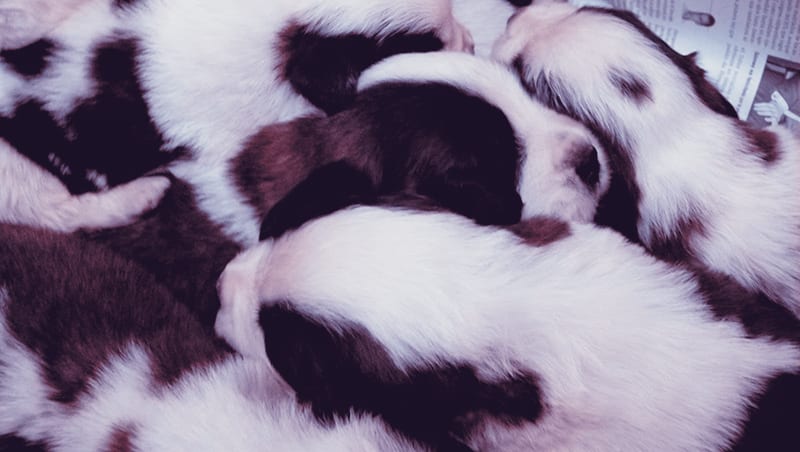
Most of the time when I face a client, I have to understand what they need from their dog, which most of the time implies explain how the dog works, what its behaviors and behaviors are like, which are natural and which are not. And most of the time it is not easy at all, since the vast majority of the problems we have with our four-legged friends come from a very simple matter to explain: we are different species.
Dogs are canids and we are hominids, which means that our way of communicating and expressing ourselves is very different, which makes coexistence significantly more difficult, and that it is usually the origin of all kinds of unnecessary misunderstandings.
We're different
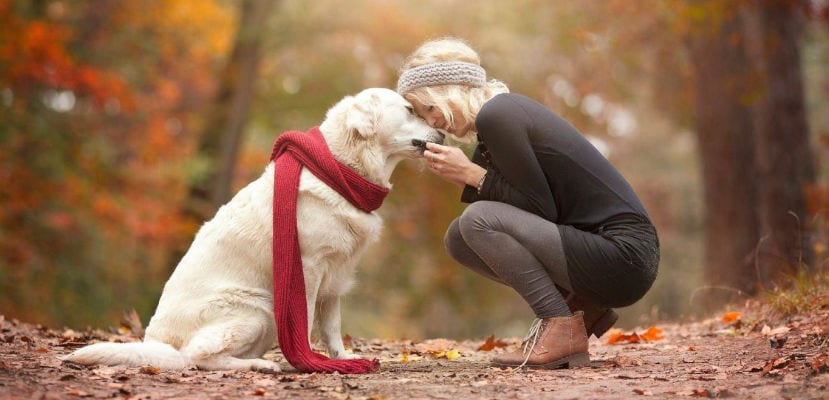
You have to know some aspects that in my opinion are very interesting when it comes to assessing this difference in communication between our two species: the human and the dog.
Humans deposit the information in the message that we send to another individual when we want to communicate with him live, in two vehicles, one the verbal and another gesturing. When we want to express something to someone, we tend to deposit the information of that message 40% in the verbal aspect, and 60% in the gesture aspect.
The dog is very different in this aspect, since 99% of the information is deposited within a message in its gestural aspect and only 1% in the verbal field. And this is for sheer survival, as it allows them to analyze hostile individuals and dangers in a more instinctive way.
In humans prima always the information you send through the gesturing plane, this being more important than the verbal aspect of the message in most cases. Putting a quick example: you are with your partner in a room, it is summer, it is very hot and you put the air conditioning on full power. You look at your partner and she is hugging herself and rubbing herself as if to increase her body heat. You look at her and ask her, are you cold? And she says no, but she keeps making the same gesture… would you believe it? Or would the gesture of being cold be more important to you than what he tells you out loud?
Well, a dog could not express this like that, since the dog, faced with the feeling of cold, would express it directly with the gesture of shivering, without being able or wanting to change or qualify part of the message.
The important thing to touch
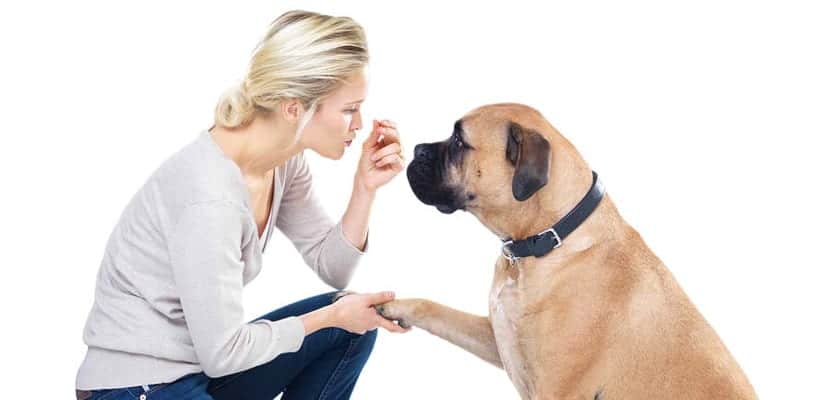
For humans, touch, the sense of touch is very important. Through our hands we do everything, being a vehicle of stimulation and expression as well as one of the main anthropomorphic physical qualities, without which, humanity would not be what it is.
The hands allow us interact with the world on the physical plane, touch other people and individuals of other species, manipulate tools, objects, express feelings and emotions, protect, attack, and a long etcetera.
Human beings do not usually realize the importance of touch, that it is one of our basic senses, and the only one without which you cannot live, since it is a sensory organ whose influence is impossible to deny or ignore.
Although the sense of touch encompasses our entire body, we tend to focus our attention on it in the hands, being something very normal in humans to analyze things by touch. That is why the hands have a similar status in our body to that of the eyes, nose, ears or tongue, since it is a part of our body through which we usually seek and receive information.
As he tells us Tomas Ortiz Alonso, Professor-Director of the Department of Psychiatry and Medical Psychology. Faculty of Medicine of the Complutense University of Madrid:
Touch is the first means of communication between mother and baby.
Through contact with his mother's skin, the child captures her vibrations and experiences the feelings that she provides. In the first days of life, mothers and fathers can recognize their own baby by stroking the baby's cheek or hand. In these first periods of life, touch is also very important for the emotional development of the baby and the child, for this reason and due to the influence on later cognitive processes, it is necessary for parents to develop tactile sensitivity in their children from birth.
Tactile sensitivity increases the child's responses to the environment. In fact, in a study carried out with babies it was found that gentle caresses led babies to smile and be more attentive to the adult's face. As soon as children can pick up objects, touch becomes a very important medium, through which they acquire information from the environment.
The organ equivalent to human hands in our dog is the mouth. With it he interacts with the world in a way very similar to what we humans do with our hands. With them they play, lick, wash, caress, defend themselves, express their emotions and feelings, grab things, sweat (expel the heat from their body) and of course, of course, eat and drink. The mouth of our dog is very important for him, equal to or more than for us our hands. Take this into account when putting a muzzle on it.
Touch in my dog
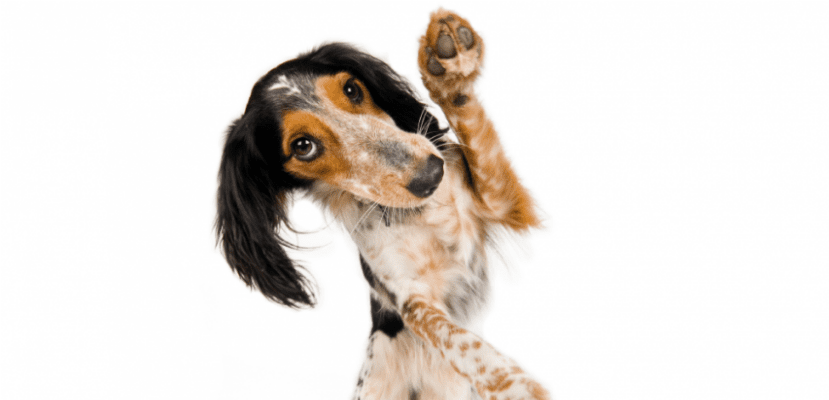
Not all the sense of touch of the dog is located in the mouth or surroundings, but it also has that sense developed in the foot, spine, and tail pads.
The touch it is the first sense that dogs develop, and it helps them to communicate with their mother and receive stimuli from her from their neonatal stage. Mother will stimulate the puppy from shortly after birth, by stroking and licking.
Thus begins the socialization of the dog through contact with its mother and his brothers, contact that is vital for the correct growth and the correct formation and development of his character.
There is a disease that exemplifies very well the need for affection on the part of mothers in dogs and humans, which is called Emotional Marasmus. This disease is due to the lack of contact by the baby or puppy with its mother. I leave you here an explanation of the journalist Maria Victoria Massi, which makes it quite clear:
The marasmus, It is a defective-emotional disease, which affects children who are unable to establish an object relationship, in case of not being taken in time (being able to resume the maternal-affective function) the child dies, this happens after a progressive period of psycho-physical deterioration, where the child deposits all his aggressiveness in himself, by not being able to place it outside.
Within the litter, the dog will interact by touch with the other members that form it. The first controlled tactile contact that he will develop as he grows older is biting.
My dog bites me
Ways to relate
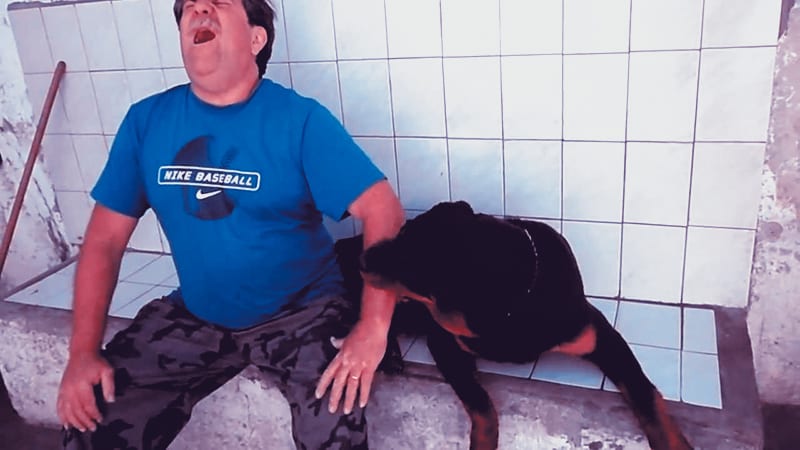
That your puppy dog bites you, from the outset it is not any type of pathology or strange behavior, it is something perfectly normal, since our dog tends to use his mouth to explore and learn, and it is something natural within their learning cycle. Of course, the implications of biting are not the same for them as for us.
Within the world of human relationships, to bite it is something that implies a lot of passion when expressing an emotion, be it an emotion of love or anger. This conception makes us see the action of biting as something very intense, which is how we normally perceive it in our relationships. Teeth are linked by nerve fibers to the neural networks of our brain, which makes them closely linked to our emotions.
This, together with greater resistance and physical strength on the part of our dog, means that when it bites us, we can feel it as something aggressive or violent towards us. And anything farter from the reality.
As a puppy, the dog bites to explore and discover the world, and to socialize and relate to others. Within its emotional development, the dog seeks to feel united with his mother, his brothers or towards you, through intense contact, for which he uses his mouth and teeth, biting you, which is the only thing he can use in this phase of his development to express affection through what for him is the closest thing to a caress. There is nothing more than that.
The next question is easy to guess: Y what if it bites me hard,Anthony?
Let's see it…
When dogs bite until they hurt
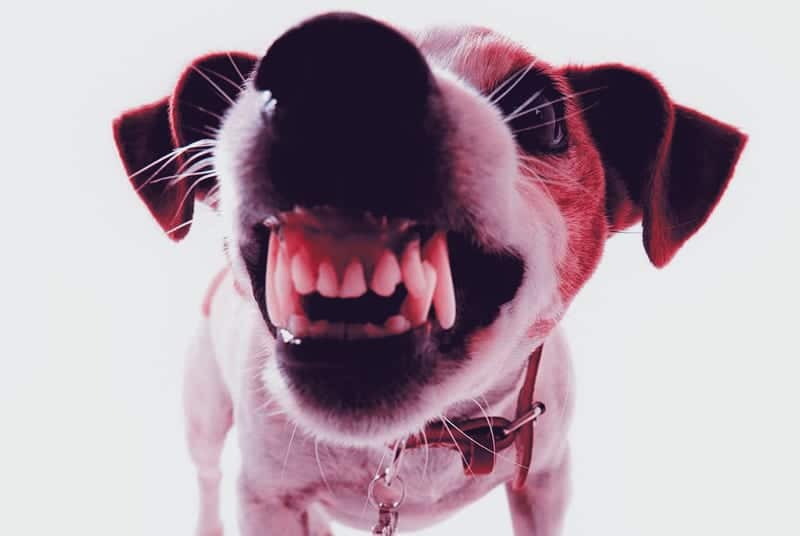
We must think of something that is very logical: it is one thing for our puppy dog to caress us with his mouth to show us affection and affection, and another to hurt us. That is very clear.
The puppy will caress us with its mouth, licking us and playing biting us in a gentle way and without any strong emotional intensity, where we feel our teeth without physical damage. We decide what the bite intensity is that we want to receive.
When a dog bites its mother or siblings, it's a way to explore the limits, if any, existing within that group. When a dog bites his mother hard, she represses him by returning the aggression with anger, thus placing a limit that the puppy understands, based on repetitions, what intensity of bite is socially accepted, and what is considered an aggression. This is a way of Rank.
When this same puppy bites his brothers and hurts them, they attack him, returning the aggression with anger, which is a most natural emotion, at the same time that they stop playing with him, and ignore him in any activity. The puppy will have to learn to regulate strength of his bite in order to be accepted by the group and feel attached to it, which is one of the biggest motivations of dogs, as social animals that they are, which is to feel accepted and integrated into the group.
We humans do something very similar, socially isolating aggressive individuals for the group or the community, in any type of stratum socio-economic-cultural. Either in an office or in a schoolyard.
What can I do to educate my dog if he bites me hard
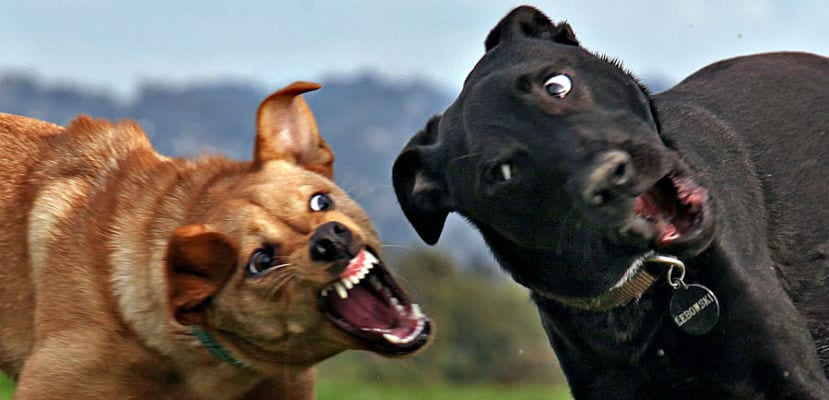
When our dog is a puppy, it will interact with us as it would with its mother or with any member of its litter, as I have explained previously. Within that relationship there will be an interaction, in which we must decide where the limits are and knowing how to transfer them, without violence and without repression, always positive. Focusing on the issue at hand, setting limits to the dog according to what biting is concerned, is logical and very necessary in the education of the animal, so that coexistence with it is more peaceful.
For that, we must teach him from a young age to inhibit the bite, and in this way, get rid of future problems. Educating the dog to inhibit its bite when the dog is a puppy is easy.
When we are playing with him, as soon as his teeth put pressure on us that we consider that it is out of what we want, we will say no, firm and strong, and we will stop paying attention, pulling away and ignoring it. That is the equivalent of when your mother does to set a limit for you.
If your dog is older than 1 year and bites your hands, feet or strong clothing, you must go to a professional in canine education, to help you understand and modify their behavior, if necessary.
Let's recap
The dog uses its mouth for something more than to eat or bite, it also uses it to interact. It depends on us and education that we transmit, by placing limits, without violence or aggressiveness, that our puppy knows how and when, and above all with what force, to use his mouth.
Greetings and thank you very much for reading me. If you have any questions, you can ask me for the comments of the article.
See you soon and take care of your dogs.